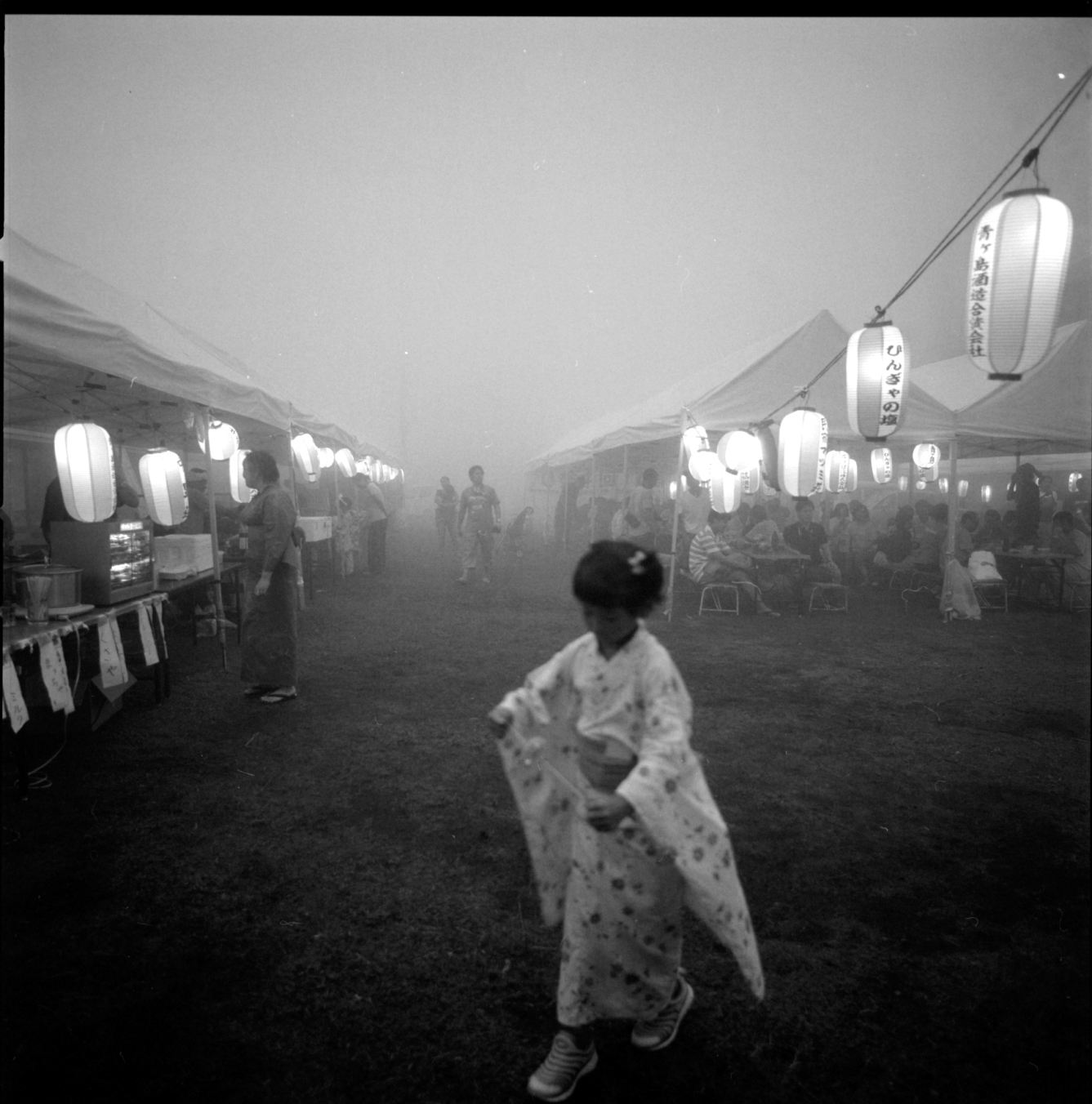Review: One Camera, Two Lands – Z Axis
What can photography do? Of a myriad of questions that has surrounded the practice of photography, two exhibitions at this year’s Head On Photo Festival reveal the importance of asking this question once again. A festival as emphemeral and widely dispersed as Head On cannot be encapsulated in one review but by contrasting two exhibitions within the program we can garner a better understanding of how photography operates within a broader context of a festival such as Head On.
One Camera, Two Lands is a combination of two bodies of work by the Australian photographer Les Sharp. Within Sun Studios in the back-streets of Alexandria, on the left-hand side of the exhibition space – which is really a hallway between the formal studio spaces – is Sharp’s work focusing on the Australian outback. By way of aerial photography Sharp captures the natural and made-made transformation of southern Western Australia. The most arresting images are those that demonstrate how mineral extraction has tarnished the otherwise spectacular landscape, turning to monochrome what is elsewhere a cacophony of colour.
Les Sharp - The Mine At Kambalda, 2017
On the right-hand side of the space is Sharp’s work based on his travels through China. The first thing one notices is how the images in their installation have been over-saturated to the point where views of the landscape, as well the individuals who populate it, resemble a well-rendered video game, rather than photographic documentation. This is particularly jarring when Sharp’s lens focuses on the individuals he has chosen to photograph. It is not surprising, however that this exhibition has depicted Chinese villagers as akin to wax figures, as in the introduction to the exhibition we are told that Sharp travels “the globe seeking out exotic places and cultures.” Indeed, in the description that accompanies many of the images, Sharp has blithely dehumanised the individuals as representative of ‘old China’. This approach recalls the worst of the impulses within photography to continue its problematic association with the documentation of non-Western cultures, notably identified in Malek Alloula’s The Colonial Harem, which deconstructed the way in which French photography dehumanised Algerian women. It is unfortunate that Head On and Sharp continue this problematic tradition within photography.
Les Sharp - Walking The Streets Of Old China, 2017
Z Axis by Hong Kong photographer Chan Hong Yui Clement is a body of work that captures the nature of urban development in Hong Kong. Presented at Scratch Art Space in Marrickville, Chan is able to highlight through his choice of framing and subject a perspective that is otherwise invisible. As described in the exhibition’s ephemera, Hong Kong, due to its hilly and mountainous terrain, occupies a landscape that is characterised by multiple levels. Z Axis interrogates what affect this has on the urban landscape of the city. Chan has cleverly been able to frame his work so that multiple levels are present within the one image. For example, in Cheung Hong Estate, Tsing Yi, we are able to see low rise density in the foreground, the remnant vegetation on steep slopes in the middle-ground and the high-rise apartment blocks occupying the peaks in the background. Similarly, the way that roads and infrastructure have had to carve through the terrain has led to sharp, vertical concrete walls, which make apparent the gradient, otherwise hidden beneath a thick carpet of green.
Chan Hong Yui Clement – Cheung Hong Estate, Tsing Yi, Hong Kong, 2016
While the primary elements of Chan’s photography are buildings, landscape and infrastructure, human figures do have a presence within the images. Occasionally we see men conversing in a carpark, commuters using pedestrian overpasses and workers removing the rubbish of residents. This reminds the viewer that these sharp and contrasting landscapes are not only for the photographic eye, but are constructed for and traversed by the over seven million people who live in Hong Kong. Chan resists any imperative to label these individuals or define them in relation to their landscape, instead, he lets the images speak for themselves.
Z Axis, installation view in Scratch Art Space. Image: Carmel Byrne
With neither of these exhibitions requiring an academic body of knowledge on photography to engage with and representing diverging approaches to photography, they present a useful example of the style of exhibition that photography festivals often seek to include. However, on closer inspection, Sharp’s work reveals how photography continues to be a medium that exoticises its subject and removes images from their context, while Chan’s show allows the viewer to better understand one aspect of the structure of the lives of people geographically distant from where the exhibition is held. While not the only answer, these exhibitions provide one response to the question, what can photography do?







